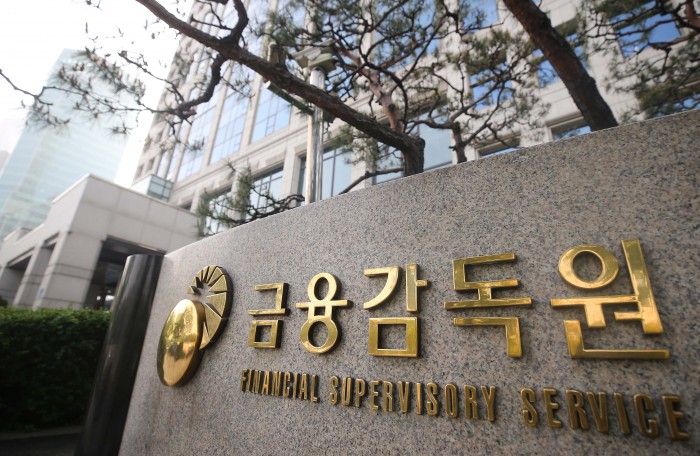[서울=뉴스핌] Reporter Go-eun Lee = Last year, the number of IPO (public offering) companies decreased compared to the previous year, but the total number of public offerings increased as the number of large IPO companies increased in the second half of the year.
According to the ‘2020 IPO Market Analysis and Investors’ Notes’ released by the Financial Supervisory Service on the 18th, the number of IPO companies in 2020 totaled 70, a slight decrease from the previous year (73). On the other hand, the public offering amount was 4.5 trillion won, up 40.6% from the previous year (3.2 trillion won).
IPOs were sluggish in the first half of the year due to the Corona 19 impact, but in the second half of the year, the size of the public offering increased significantly due to the increase of large IPO companies such as Big Hit Entertainment (962.6 billion won), SK Biopharm (959.3 billion won), and Kakao Games (384 billion won).
 |
| [서울=뉴스핌] Reporter Yoon Chang-bin = Seoul Yeouido Financial Supervisory Service 2020.05.11 [email protected] |
In the IPO market last year, the average demand forecasting participants and demand forecasting competition rate continued to increase. Due to intensifying competition in demand forecasting, the proportion (80%) whose offering price was determined above the top of the band increased significantly.
In addition, institutional investors who invested in most of the listed companies (66 companies, 94.3%) committed to holding mandatory for a certain period of time (excluding 4 companies listed on KOSDAQ), and the ratio of mandatory holdings (average 19.5%) of the allocation of institutional investors was compared to the previous year. Slightly increased.
One of the big features of last year’s IPO market is that the competition for subscription by general investors is overheated. The average subscription competition rate of general investors (956:1) increased about twice as compared to 2019 (509:1). In particular, the interest in public offering stocks of ordinary investors rose greatly as investment sentiment recovered following the stock market rebound in the second half.
The number of specially listed companies also continued to increase. In the KOSDAQ market, the number of listed companies using special cases such as technological growth and non-realization of profits has increased. The proportion of special cases for technology evaluation that requires technology evaluation by specialized institutions (17 out of 28 companies, 60.7%) was high, centering on the bio industry such as medical devices and treatments.
An official from the Financial Supervisory Service said, “As the allocation method of public offering to general subscribers has improved and the amount of allocation has increased from this year, the equality method and the range of allocation amount applied to allocate public offerings to general subscribers may vary by company.” It is necessary to check the quantity, the method of subscription and allocation, and the method of distribution of undelivered quantities.”
